Weaver Wednesday [101]: Streaked Weaver 2014-05-21 (518)
 Weaver Wednesday
Weaver Wednesday
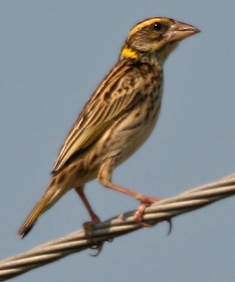
The Streaked Weaver Ploceus manyar breeding male has a golden crown, black face and throat, and the underparts are white with black breast streaks. The non-breeding male and female are dull with a buff eyebrow, and lightly streaked breast, distinguishing them from the other Asian weavers. The juvenile is buffy below with indistinct streaking.
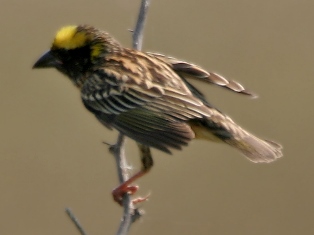
Four races are recognised (see map below, based on Handbook of the Birds of the World, Vol. 15):
P. m. manyar occurs on Java, Bawean and Bali Islands (see red on map).
P. m. flaviceps occurs from Pakistan, through India and Nepal to Sri Lanka (see green on map). The male of this race has the face mask and streaking black, rather than brown, the crown is paler yellow, and the breast and flanks are paler.
P. m. peguensis occurs in India, Bangladesh, Bhutan, Myanmar, China (W Yunnan) and Laos (see yellow on map). This race has very heavy black streaking.
P. m. williamsoni occurs in Thailand, Cambodia and Vietnam (see orange on map). This race has the side of the head and streaking brown, rather than black.
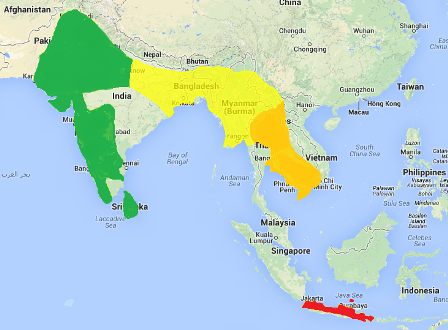
The Streaked Weaver has been introduced in Egypt along the Nile Delta, where it breeds regularly. It has also been introduced in Japan. Breeding has also been recorded in Saudi Arabia, United Arab Emirates and Bahrain, presumably by captive birds that escaped.
The Streaked Weaver inhabits wetlands, reedbeds and rice paddies, often with bulrushes, and it often associates with elephant grass.
The Streaked Weaver feeds mainly on seeds, including those of the grasses, rice, wheat, millet and sorghum. In some regions it causes significant damage to rice crops. Nestlings are fed mainly with insects, especially grasshoppers, and also caterpillars, beetles, spiders, and small snails. The Streaked Weaver forages in flocks, often with other weavers. It forms daytime roosts near its feeding grounds during the hottest months. In the non-breeding season, it forms communal roosts in reedbeds and sugar cane.
The Streaked Weaver is apparently monogamous, with occasional polygyny recorded. It is colonial, with 15-50 nests at one site in Java. It may breed in mixed colonies with the Black-breasted Weaver (or Bengal Weaver), or alongside Tricoloured Mannikin Lonchura malacca nests.
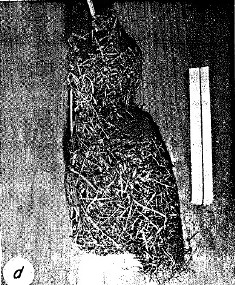
The nest is retort-shaped, woven on to leaves of supporting plants. There may be an entrance tunnel as long as 30 cm or it may be absent. The nest is woven by the male from strips of reed or palm leaves. The female adds nest lining of fine grass stems, although some breeding nests are unlined. The nest is placed above the water surface in reeds and bulrushes, or in elephant grass. Nest sites also include palm trees (especially in Java), or mangrove trees, or suspended from vegetation growing out of sides of irrigation wells. Often small lumps of mud or clay are added to the sides of the nest entrance. Yellow acacia flowers may be added to the nest as decoration. Nests may be placed near wasps as protection.
2-3 white eggs are laid. The female does most of the incubation and feeding of the nestlings. Nest predators include snakes and crows. In reedbeds, many nests are destroyed by grazing cattle and by people harvesting reeds.
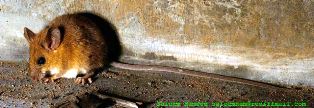
There are no PHOWN records for the Streaked Weaver (see PHOWN summary), and many are needed of this species. Look at old nests too, which may be used by Indian Silverbills Euodice malabarica or by long-tailed tree mice Vandeleuria oleracea. Submit any weaver nest records to PHOWN (PHOtos of Weaver Nests) via the Virtual Museum upload site.
PHOWN summary
Previous Wedn: Crested Malimbe
Full weaver species list
|


 Weaver Watch
Weaver Watch


